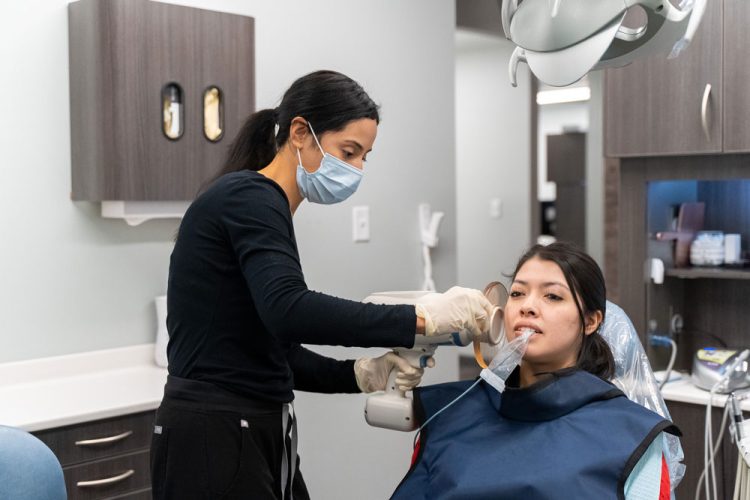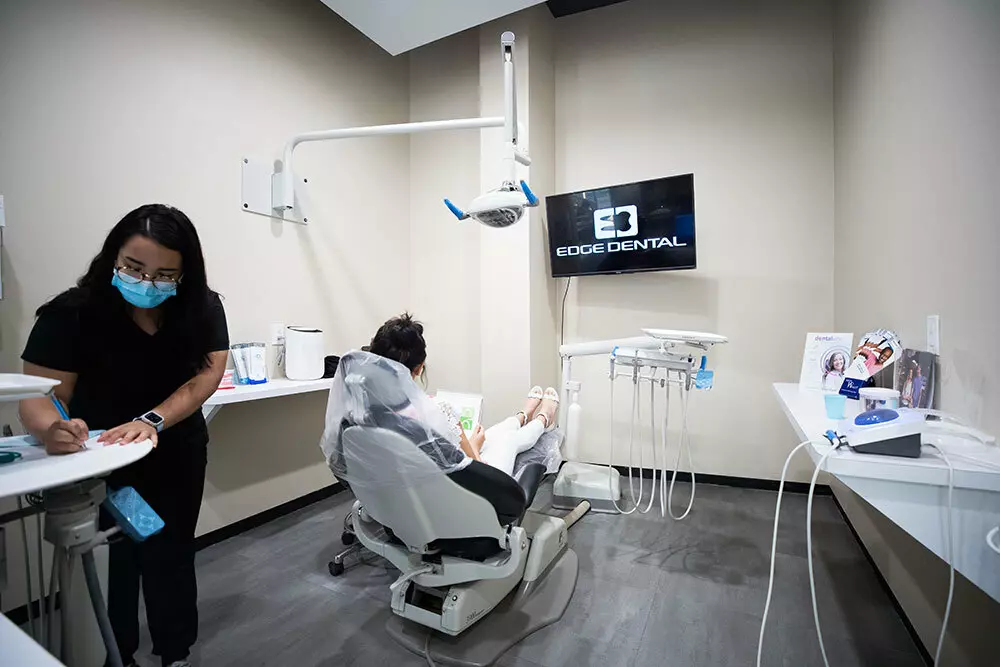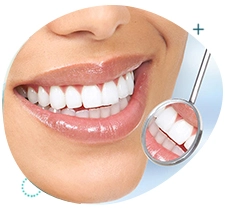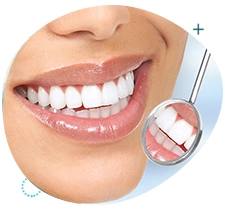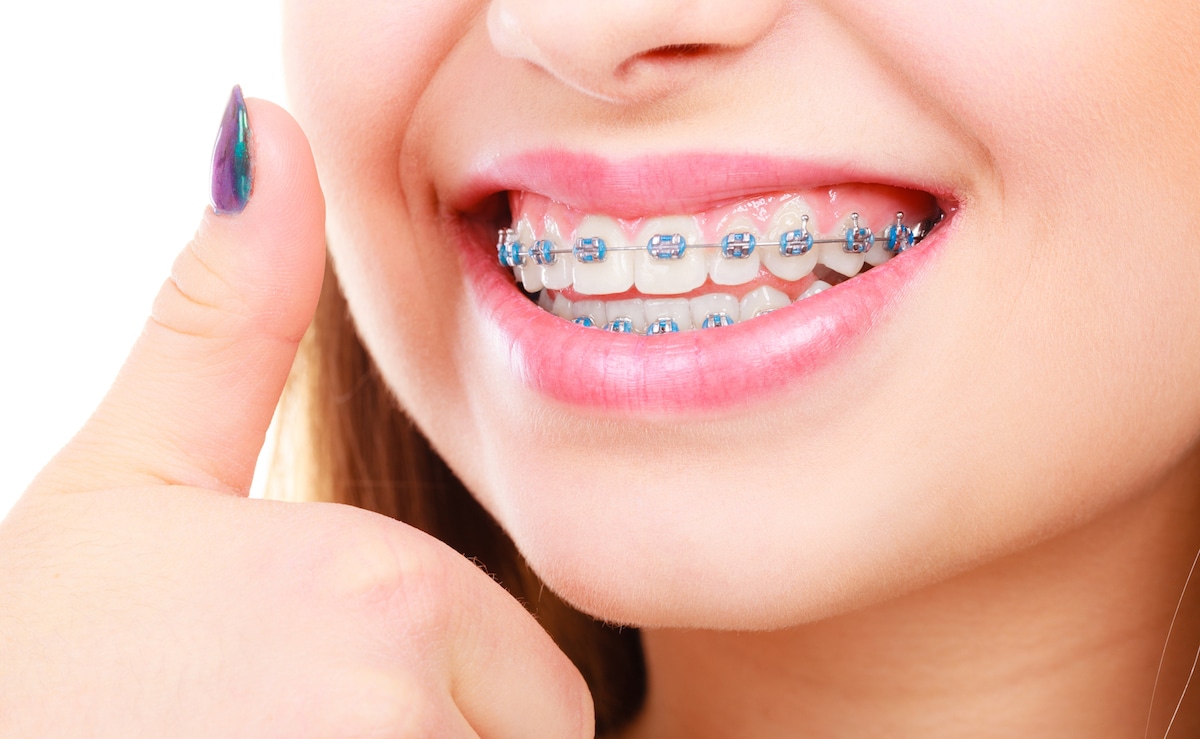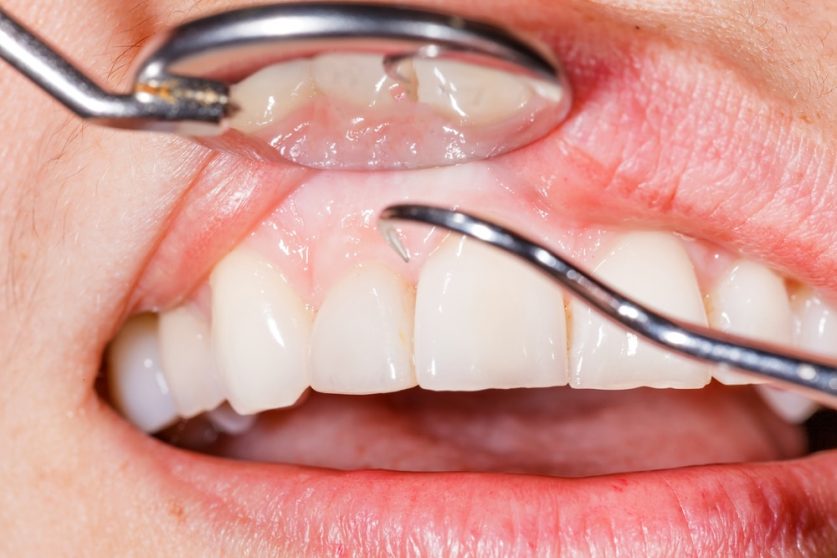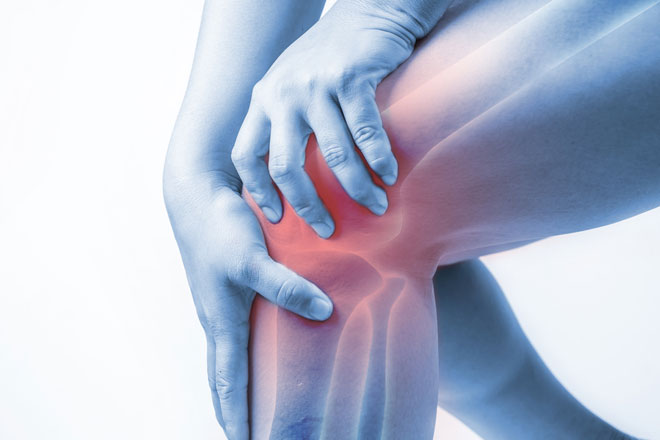What Are The Issues Caused By Wisdom Teeth?
Wisdom teeth are the rearmost molars to emerge in the mouth, mainly between the age group of 17 to 25. Various people have no issues with wisdom teeth, but many can feel damage, decay, infection, and pain in nearby teeth. This article will explain some of the typical issues wisdom teeth create and how they may be cured.
Eruption
One of the issues created by these teeth is tenderness and pain during the emission. This occurs when the teeth break from the gum and push against the nearby tooth. The affection may be experienced in the jaw, the side of the mouth, and the tooth itself. The gum can also become inflamed or swollen. You can clean your mouth with mild warm salty water, take OTC painkillers, and add ice to the face below side the eye to relieve the pain. However, if the pain worsens or persists, you must see your Dentist In Houston immediately.
Impaction
Another issue created by wisdom teeth, i.e., impaction. This happens when the teeth don’t have enough space to grow appropriately and become scolded under the bone or gum. Impacted wisdom teeth may create various complexities, like:
Damage to other teeth: The impacted wisdom tooth can put pressure against the second molar, leading it to decay, crack, and shift.
Cysts: The impacted wisdom tooth may generate a fluid-filled substance around it, damaging the nerves or jawbone.
Decay: The impacted wisdom tooth can be more brutal to sanitize and vulnerable to cavities.
Gum disease: The impacted wisdom tooth may cause a periodontal pocket where germs may accumulate and create inflammation or infection of the gum.
Impacted wisdom teeth do not initially cause signs but can be more infected or painful over time. Your dentist may treat an impacted tooth at cosmetic dentistry by taking an x-ray and testing your mouth. Depending on the condition and the tooth’s position, your surgeon will suggest decreasing it to stop other issues.
Extraction
Sometimes, the excellent recovery solution for wisdom teeth issues is to remove them. This surgical process includes creating a gum incision, extracting the tooth and any adjacent bone, and attaching the wound finished. Extraction may be done under general or local anesthesia, depending on the patient’s preferences and complications.
After the wisdom teeth removal, you could feel some pain, bruising, swelling, and bleeding in the area. These are general and must subside within some days. To rapid the curing procedure, you must go through your surgeon’s instructions on how to provide care for your oral and dental parts, like:
- Implementing pressure or gauze to the wound to prevent the bleeding
- Implementing ice to the outer part of the face to minimize the swelling
- Taking prescribed antibiotics and painkillers to stop the infection
- Eating soft eatery and prevent eating crunchy, spice and hot foods
- Gargle your mouth slowly with mild warm salty water after 24 hours
- Avoiding drinking alcohol, smoking, or utilizing a straw for at least 7 days
Conclusion
Wisdom teeth are the molars’ last part of looking in the mouth. They may occur various problems like damage, infection, decay, impaction, and pain to other teeth. Your surgeon may suggest you extract your wisdom teeth to treat or prevent these issues. You should discuss with your therapist’s dentist office near me for treatment and advice if you have any questions or doubts about your wisdom teeth.


